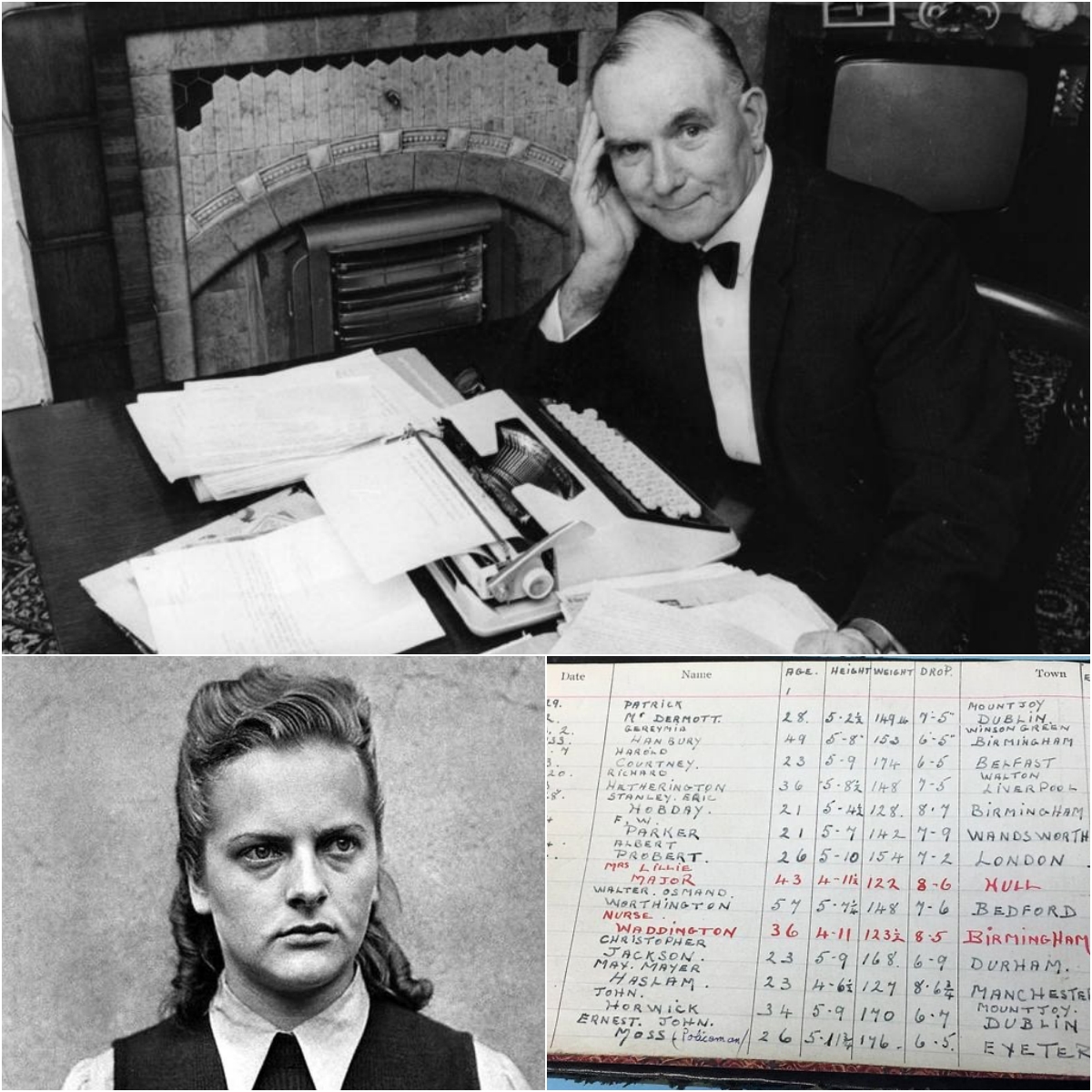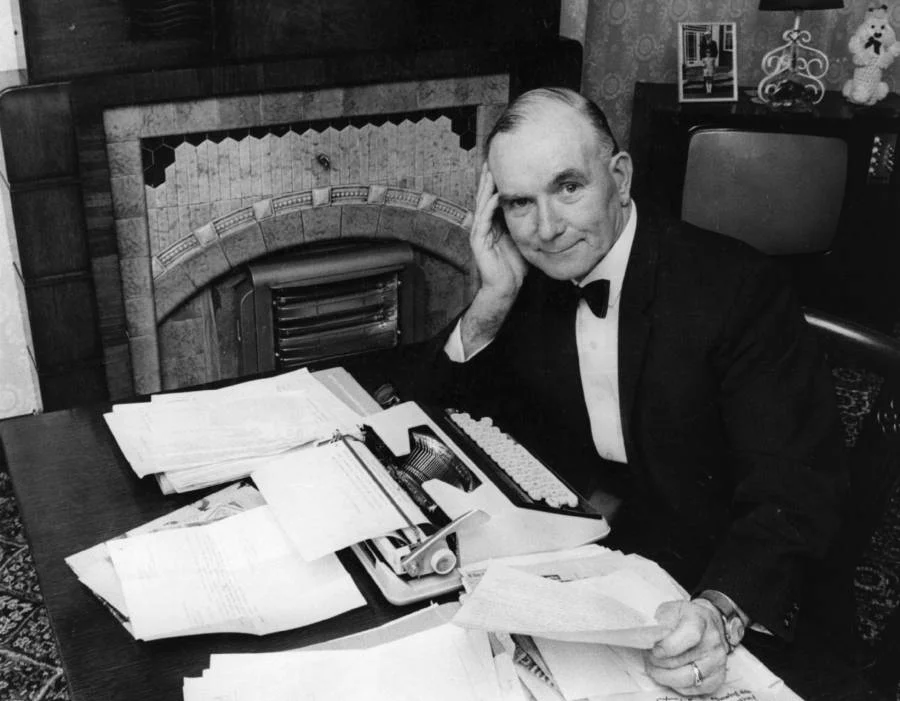
Albert Pierrepoint
1. The Path to Becoming a Professional Executioner
Born in Yorkshire in 1905, Albert Pierrepoint’s destiny seemed predetermined. At just 11 years old, he wrote in an essay, “When I leave school I should like to be the Official Executioner.” This morbid dream was no accident; it was a family tradition. His father and uncle were both executioners, and after his father’s death, Pierrepoint inherited his detailed notes and journals on the art of hanging.
After numerous attempts, he was finally accepted as an assistant executioner in 1932. However, it wasn’t until 1941 that he performed his first execution. Everything changed dramatically after World War II, when his workload increased immensely.
2. The Pinnacle of His Career: Executing Nazi War Criminals
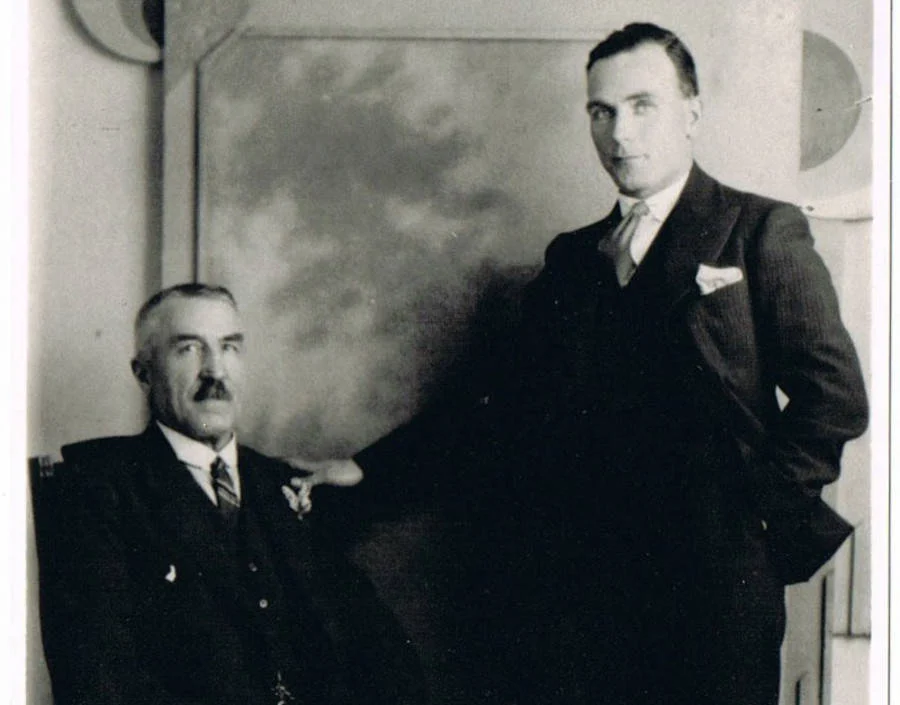
Albert Pierrepoint, right, with his Uncle Thomas in a photo from 1947, when the younger man was Britain’s official executioner.
From 1945 to 1949, Albert Pierrepoint became a renowned name, executing approximately 200 war criminals, many of whom were notorious Nazi officers and guards. He traveled to Germany and Austria more than 20 times to carry out sentences against the most brutal individuals, such as Josef Kramer, “The Beast of Belsen” and commandant of Auschwitz, and Irma Grese, “The Hyena of Auschwitz.” On one occasion, he even executed 13 people in a single day.
After hanging so many of Britain’s enemies, Pierrepoint became a kind of unofficial “war hero.” He earned enough money to buy a pub named The Poor Struggler, which became famous, with people flocking to be served a pint by Britain’s Nazi executioner.
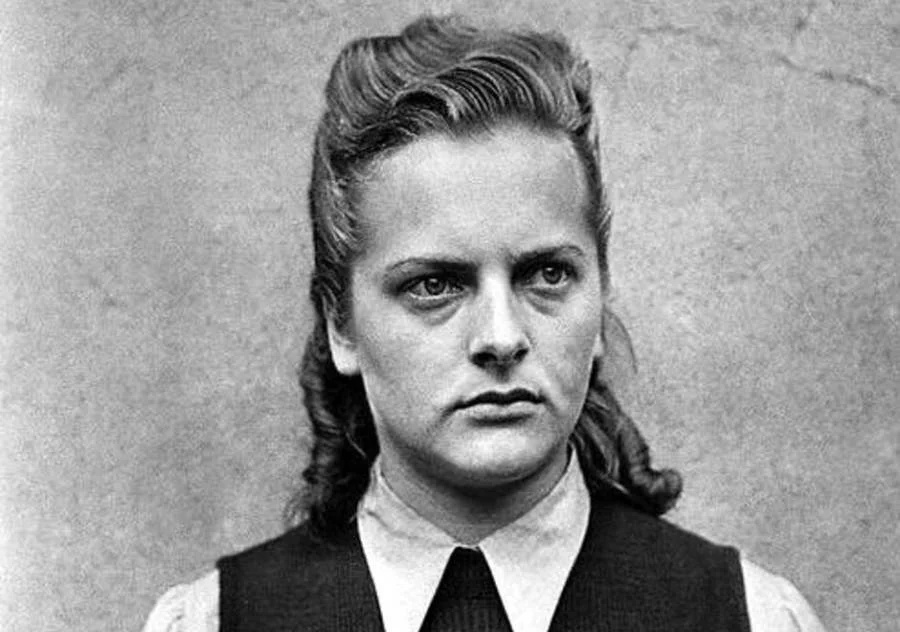
Irma Grese
3. A Change in Perspective
Pierrepoint’s life took a dark turn in 1950. One of his pub regulars, James Corbitt, was sentenced to death for murdering his girlfriend. It was Pierrepoint who performed the execution. He later admitted that this was the only time he regretted his work.
Despite this, he continued his job for five more years, executing other high-profile criminals like serial killer John Christie and Timothy Evans (who was wrongfully hanged for one of Christie’s crimes). His last execution was of Ruth Ellis, a woman who shot her abusive boyfriend. Her death sentence was highly controversial among the British public and began to change the government’s view on capital punishment.
After a dispute over payment in 1956, Albert Pierrepoint resigned, ending his 24-year career.
4. Legacy and His Haunting Craft
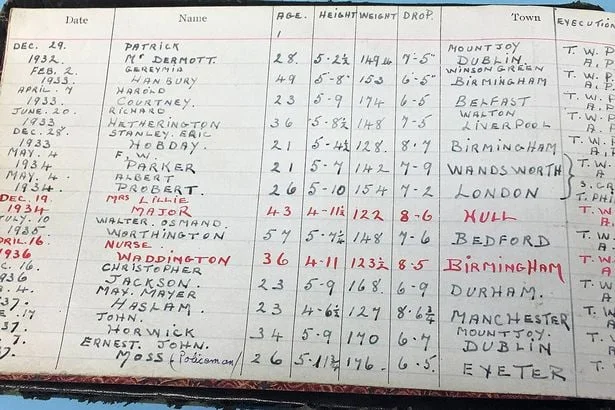
Albert meticulously recorded the names, weights, and even neck sizes of the condemned prisoners.
Albert Pierrepoint’s fame came from his calm, quick, and efficient approach to his work. He was a master of his craft, meticulously calculating the rope length to ensure a swift and “humane” death by breaking the neck.
He once described his process in detail: “Having got the idea of his physique, we can make the proper preparations for his execution. The execution chamber is usually next to door to the condemned’s cell… When it’s time for the execution, we make a final check of the equipment… I fasten his arms behind his back with a leather strap… While my assistant is fastening up his legs, I draw a white cap over his head and place a noose around his neck. The knot is the secret of it… As soon as I see everything is ready, I pull the lever and the prisoner falls through it and it is all over in an instant.”
Pierrepoint emphasized the need for neutrality and emotional detachment. “You mustn’t get involved in whatever crime they’ve committed,” he said. “The person has to die. You’ve got to treat them with as much respect and dignity as you can.”
5. Views on Capital Punishment
After his retirement, Pierrepoint spoke out against capital punishment. In his 1974 memoir, he wrote that it was not an effective deterrent. “I have come to the conclusion that executions solve nothing, and are only an antiquated relic of a primitive desire for revenge,” he stated.
However, just two years later, in a BBC radio interview, he seemed to change his mind, suggesting that crime in Britain had increased since the abolition of capital punishment and that it might need to be brought back.
Albert Pierrepoint died in 1992 at the age of 87. His life remains a complex reminder of the nature of justice and punishment. From a man who perfectly executed his duties to one who had doubts about their effectiveness, his story reveals the internal conflicts of a man who spent his life ending others’. He was one of Britain’s last and most famous executioners, and his legacy continues to raise difficult questions about ethics and human rights to this day.
